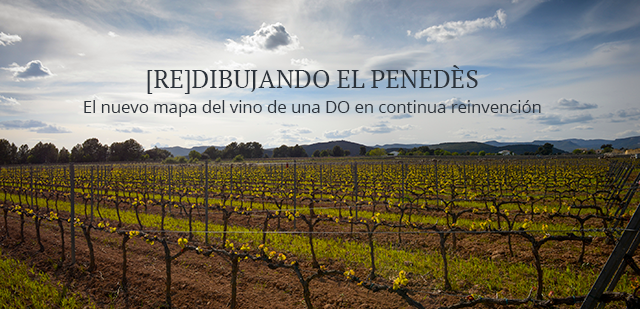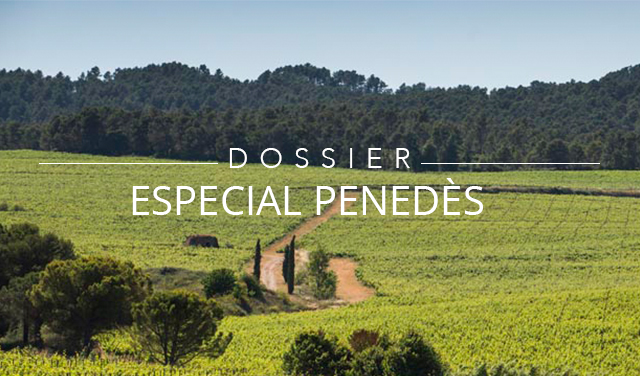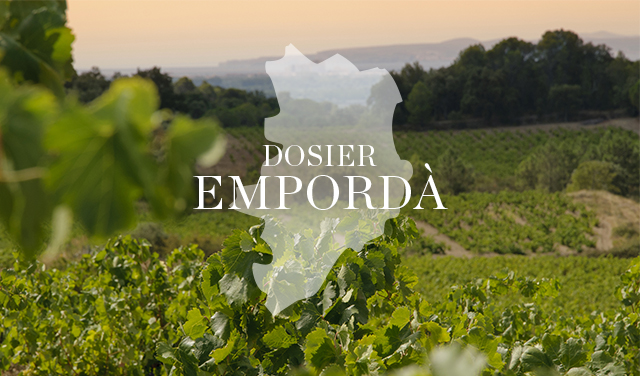(Re)drawing the Penedès

The vineyards of the Penedès grow in the heart of the pre-coastal Catalan Depression, sheltered by the pre-coastal mountain range and the small flatland areas of the Mediterranean coast.
Seen from above, the appellation of origin is geographically divided into three distinct zones: the Penedès Superior (close to the pre-coastal mountain range), the Penedès Marítimo (facing the sea along the coastal mountain range), and the Penedès Central (caught between the mountains and the sea).
[[{"fid":"8494","view_mode":"default","fields":{"format":"default","field_file_image_alt_text[und][0][value]":false,"field_file_image_title_text[und][0][value]":false},"type":"media","link_text":null,"attributes":{"height":415,"width":541,"class":"media-element file-default"}}]]
But there is so much more...
The idea of the landscape as identity—understood as a distinctive element in the production of great wines—makes the age-old Penedès a complex whole, built on 96 soil types and 8 subzones that contribute great value and diversity to the region's winemaking.
Much like the edges or corners that comprise a geometric shape, every subzone interprets and builds its own version of the Penedès. This uniqueness is an expression of the cards Mother Nature dealt and the thorough fieldwork, particularly the soil studies, carried out by the D.O. Penedès' Regulatory Council over the course of almost 15 years. The goal was to give value and substance to wines made from a particular variety grown in a specific area where the soil and climate characteristics define their character.
The following map is the result of soil studies completed in 2015, represented on a scale of 1:25,000. This has made it possible to identify 96 different soil types, which—taking into account the climate, slope, orientation, landscape, etc.—has produced 8 very distinct subzones:
[[{"fid":"8495","view_mode":"default","fields":{"format":"default","field_file_image_alt_text[und][0][value]":false,"field_file_image_title_text[und][0][value]":false},"type":"media","link_text":null,"attributes":{"height":956,"width":1588,"class":"media-element file-default"}}]]
Wine producers can choose to feature these new appellations on their labels, an option that goes into effect for wines produced after the last harvest (2016). The wines must meet certain criteria, such as being 100% organic or made entirely from grapes sourced from that particular subzone.



